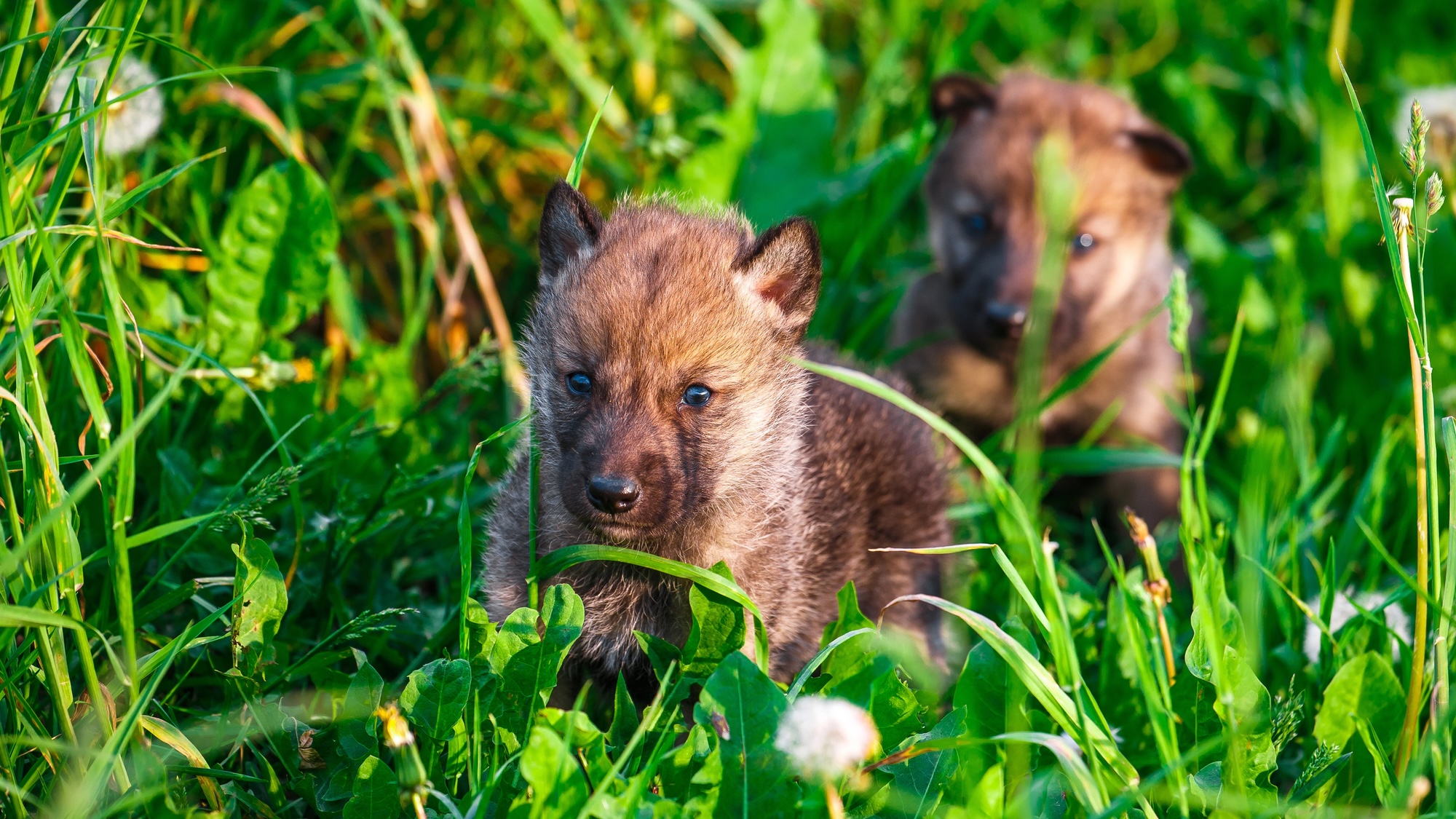Now Reading: Ice Age ‘Puppies’ Reveal Surprising Origins Beyond Dogs
-
01
Ice Age ‘Puppies’ Reveal Surprising Origins Beyond Dogs
Ice Age ‘Puppies’ Reveal Surprising Origins Beyond Dogs

Swift Summary
- Finding and Study: Two well-preserved animal remains known as teh Tumat puppies, discovered in 2011 and 2015 in northern Siberia, were thought to be early domesticated dogs but have been identified as wolf cubs after recent genetic analysis.
- Findings on Wolves: The cubs were approximately two months old when they died during a landslide. Their diet included omnivorous food typical of wolves at the time, with stomach contents indicating they consumed woolly rhinoceros-likely from a younger calf hunted by adult wolves.
- Past Context: The discovery site included woolly mammoth bones showing signs of human processing, suggesting possible interaction between humans and wolves during the Pleistocene era. Researchers hypothesize that ancient wolves may have been larger than modern ones.
- Genetic Insights: Earlier speculation tying black fur color to domesticated canines was disproven as these cubs were confirmed to be wolves.
- Meaning: The findings challenge existing theories about dog domestication timelines while providing valuable insights into wolf behavior thousands of years ago.
Indian Opinion Analysis
The reevaluation of the Tumat puppies offers compelling evidence toward understanding the evolutionary separation between wild and domesticated canine species. For India-a nation where dogs play diverse cultural roles ranging from companionship to utility-and which is home to distinct indigenous dog breeds like Pariah Dogs or Rajapalayam-the study underlines how ancient factors like dietary evolution influenced behavior patterns shared across regions globally today.
This research challenges simplistic narratives surrounding humans’ first interactions with animals and hints at complex relationships shaped by environmental adaptation over millennia. If similar studies could trace interspecies cooperation in IndiaS prehistoric past, it might provide unique insights on how our ancestors managed biodiversity alongside cultivating human-animal bonds.
the research further raises questions about climate resilience affecting predator sizes-a topic relevant for contemporary discussions on wildlife conservation policy within India’s safeguarded ecosystems such as Sundarbans or Gir Forest Reserve.
























